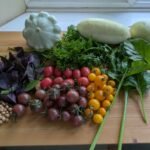-
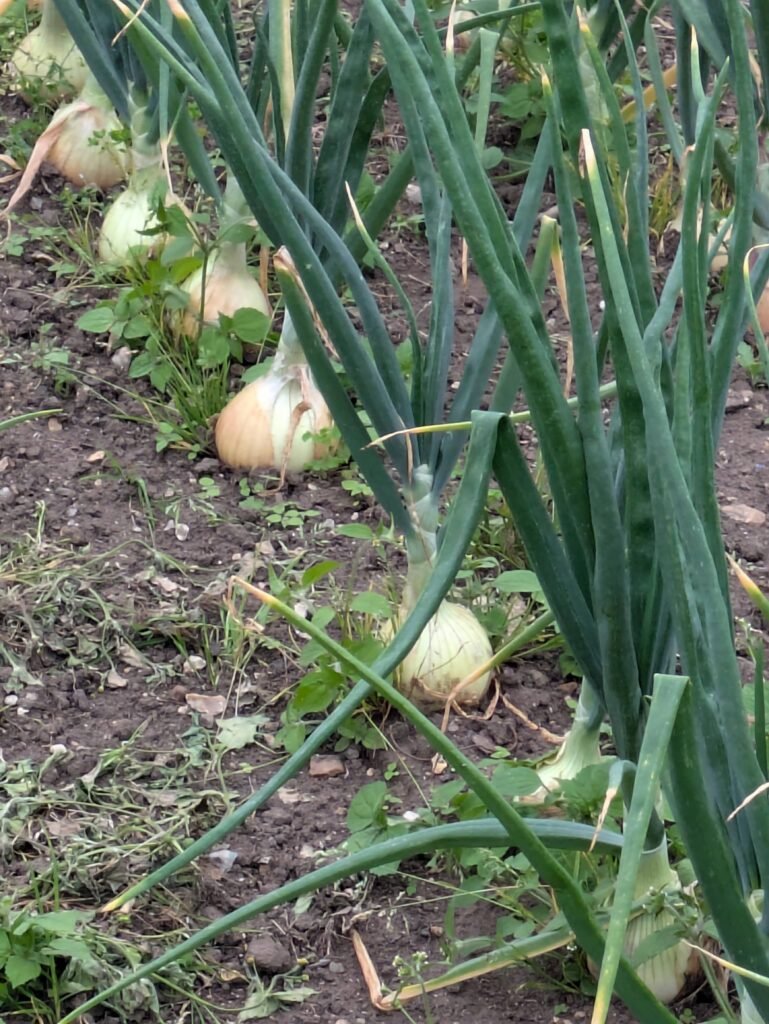
Beginner Plants: Onions and Root Vegetables
The last of the 4 plots in the 4-year crop rotation is onions & root vegetables. Plants in the onion family, otherwise known as alliums, grow below the ground. Root vegetables are a collection of plants from different ‘families’, where the edible root grows below ground. Legumes will follow in this plot next year, with…
//
-
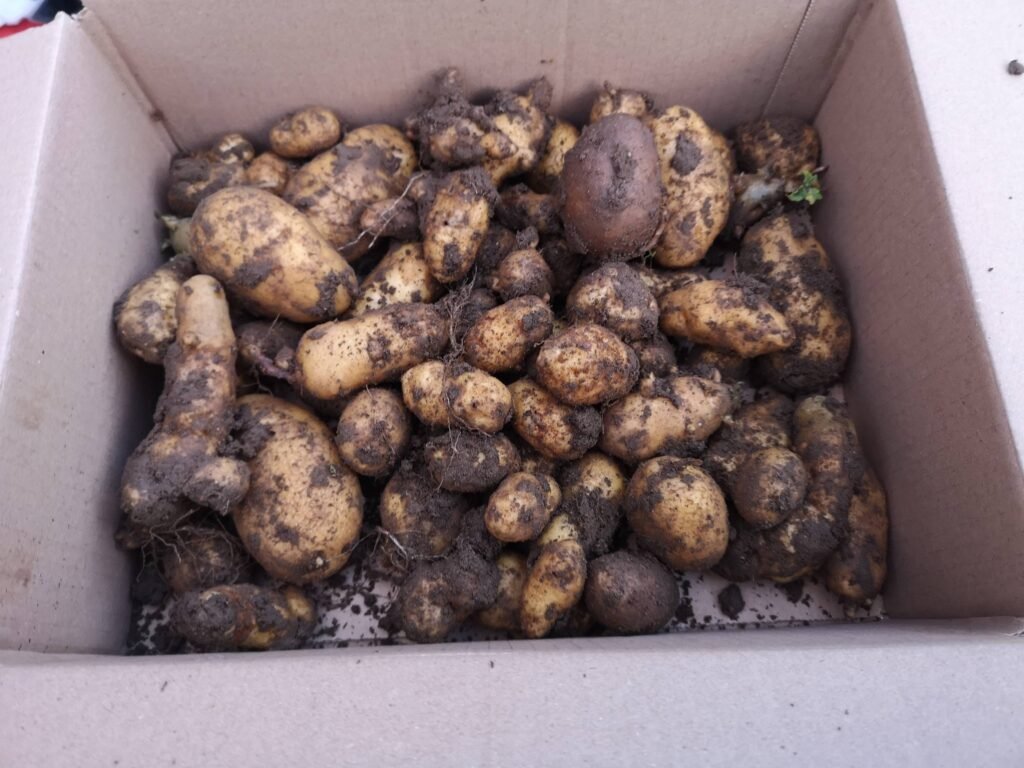
Beginner Plants: Potatoes and Tomatoes
The next of the 4 plots in the 4-year crop rotation is nightshades, which are a wide variety of flowering plants. These plants are planted in the plot where brassicas were planted the previous year. Onions & roots will follow them the year after in this plot, with legumes the year after that. The beginner plants…
//
-
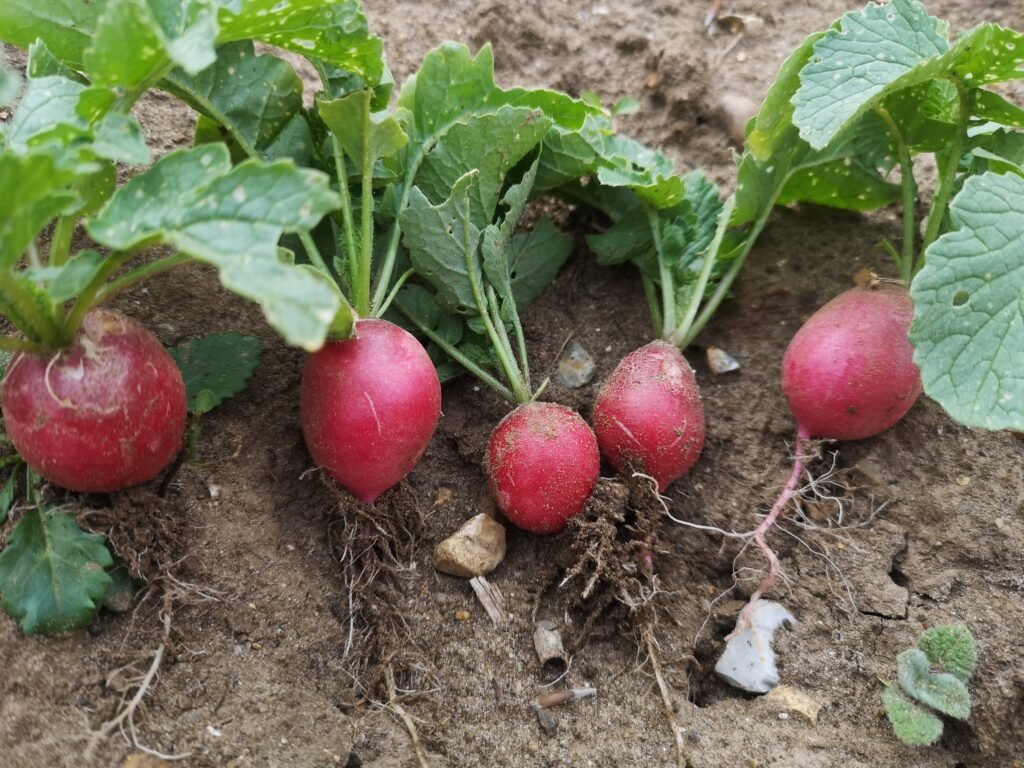
Beginner Plants: Brassicas
The next of the 4 plots in the 4-year crop rotation is brassicas, the cabbage and mustard family. These follow legumes that were in this plot last year as they are heavy nitrogen feeders. They will be followed by nightshades, and then onions & roots the year after that. The beginner plants that I’ve chosen…
//
-
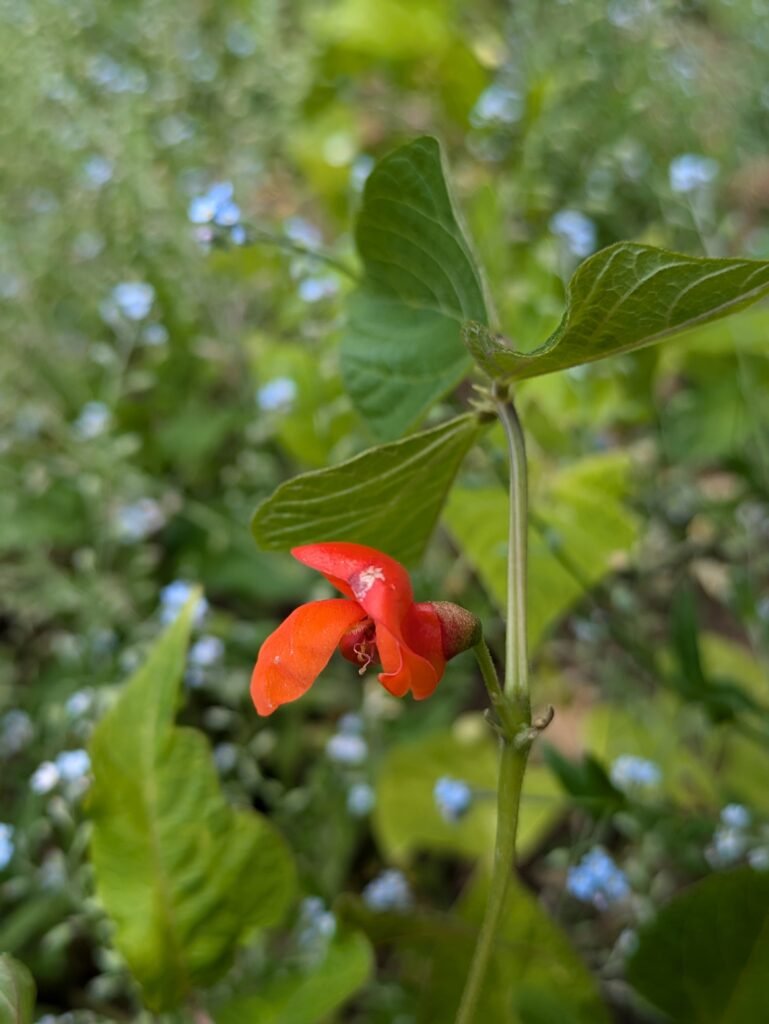
Beginner Plants: Legumes
One of the 4 main plots in a 4-year crop rotation is legumes, which is the pea family. These plants replace the nitrogen in the soil by using Rhibozium bacteria, which allows them to extract nitrogen from the air. Plants use nitrogen for leaf growth, and because of this, green leafy plants use the most…
//
-
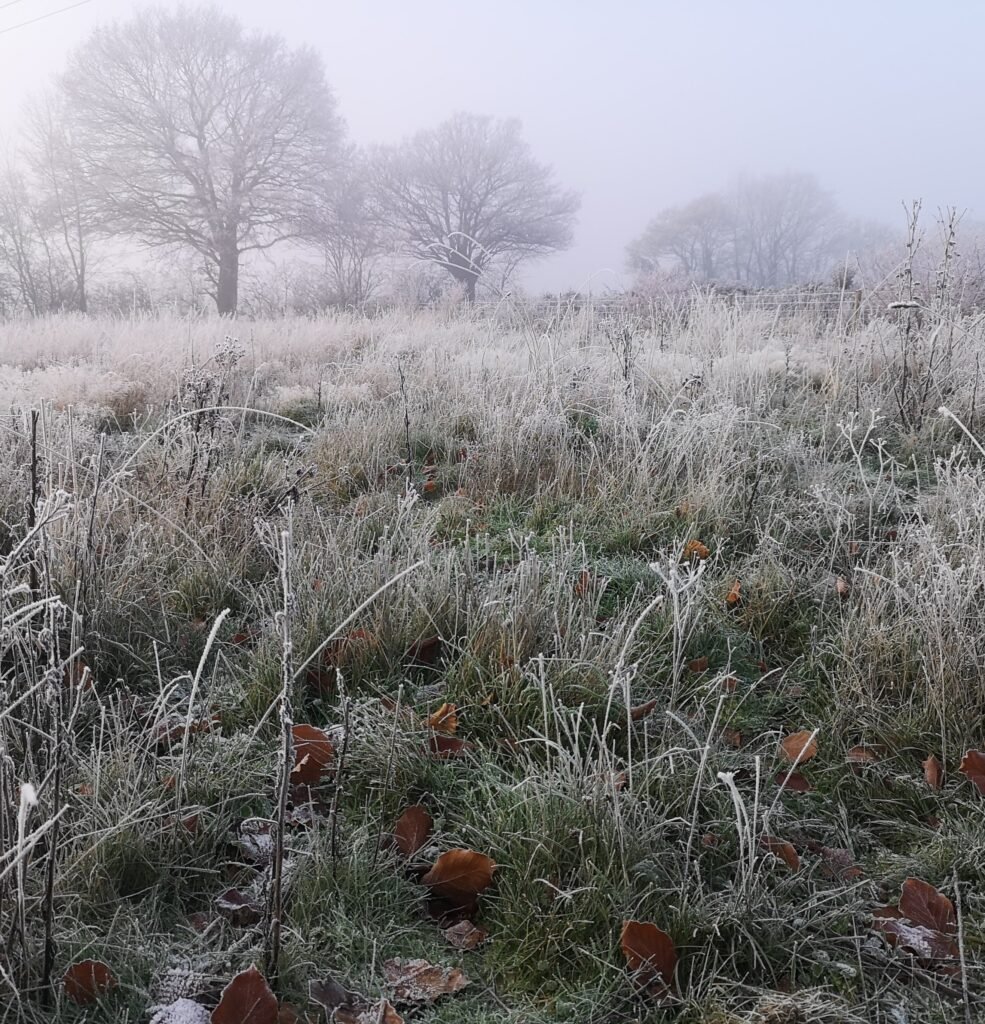
Gardening in the Cold
On those cold nights in early autumn when we are heading towards the first frosts, or in those frosty or cold nights in early spring, you can protect your plants from the cold in a few different ways. You can plant them in a greenhouse or polytunnel, cover them with a coldframe or fleece, or…
//
-
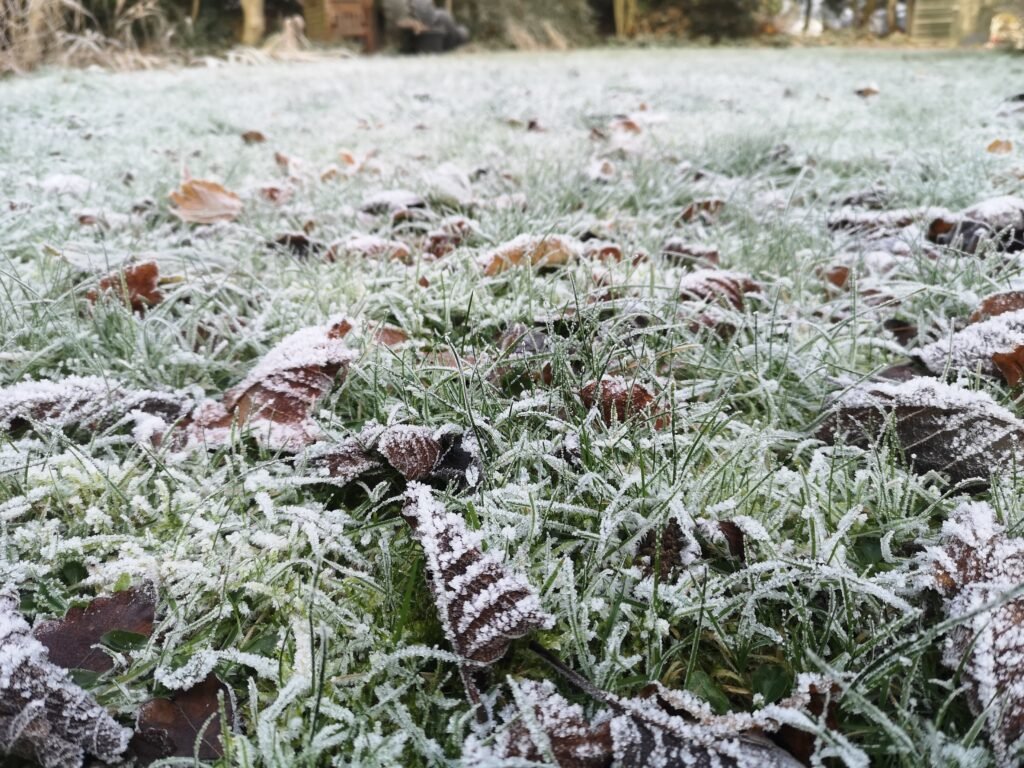
Frost Dates
What are frost dates? There are two types of frost dates that are used for gardening. The first frost date is the date in which you can expect to get the first frost of the year, and the last frost date is the expected time that you will receive the last frost of that year.…
//
-
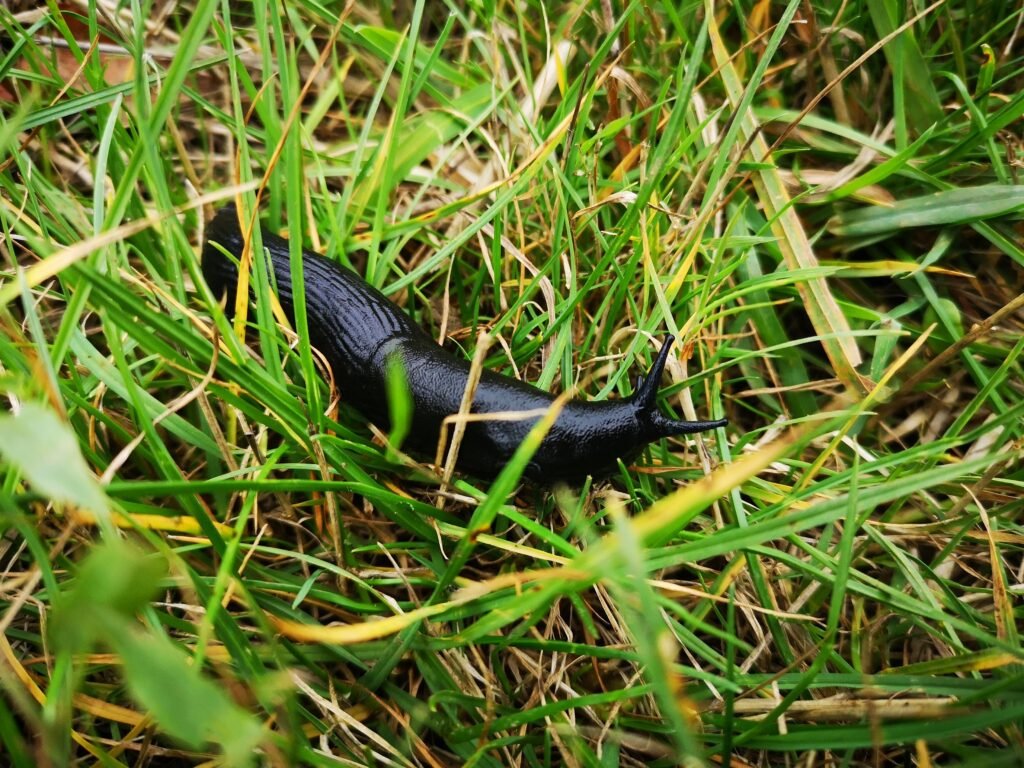
Garden Pests
What are pests? Pests are destructive animals that attack any plant you don’t want them to. There are ways to kill them if that’s what you want to do, and you can find lots of information about that in other places, but I won’t be mentioning any of them here. I will be going through…
//
-
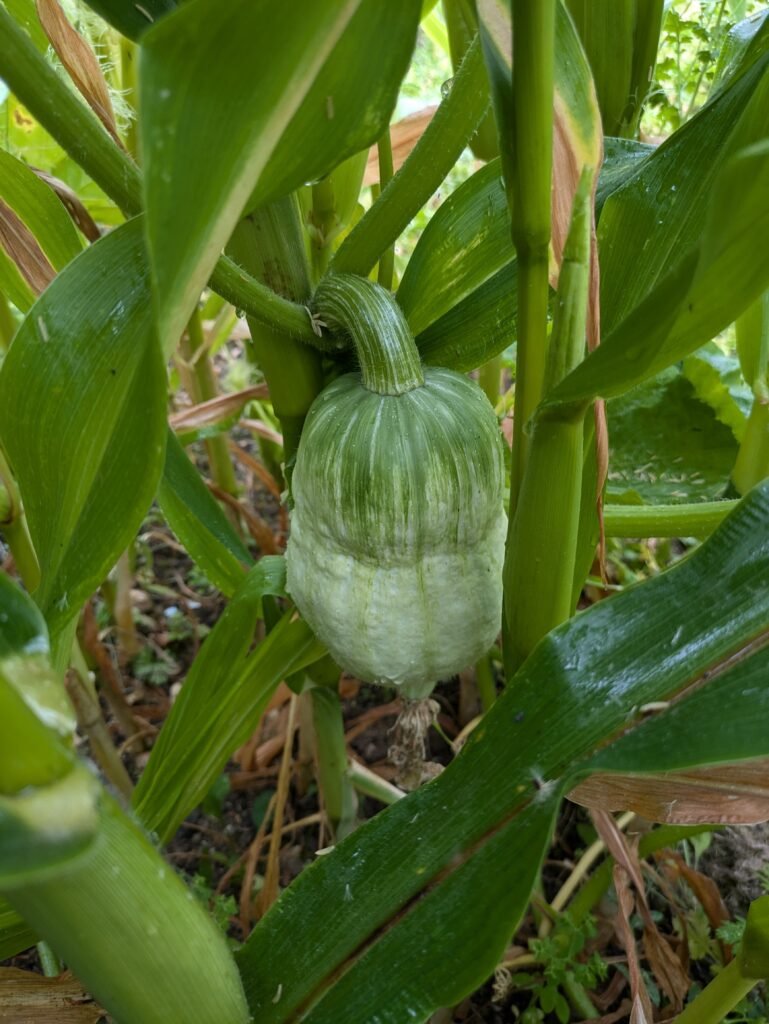
Companion Planting
What is companion planting? Companion planting is growing different plants together, choosing plants that benefit or complement each other. These may be grown at the same time or grown in mostly separate seasons, just overlapping at some point. You can even extend the concept to plants that are not grown together at any point in…
//
-
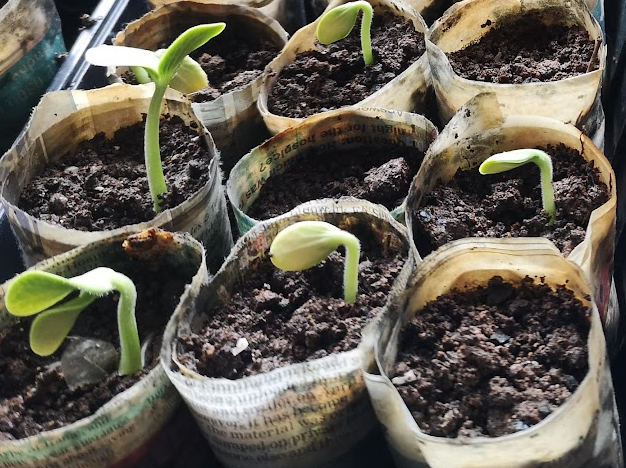
Planting Seeds: Inside or Outside?
If you want to plant your own seeds instead of buying seedlings or transplanting plants, then you can either sow seeds directly into their final growing position, or start them in seed trays or pots, and later transplant them to their final growing position. Some plants you would only want to sow the seeds inside,…
//
-
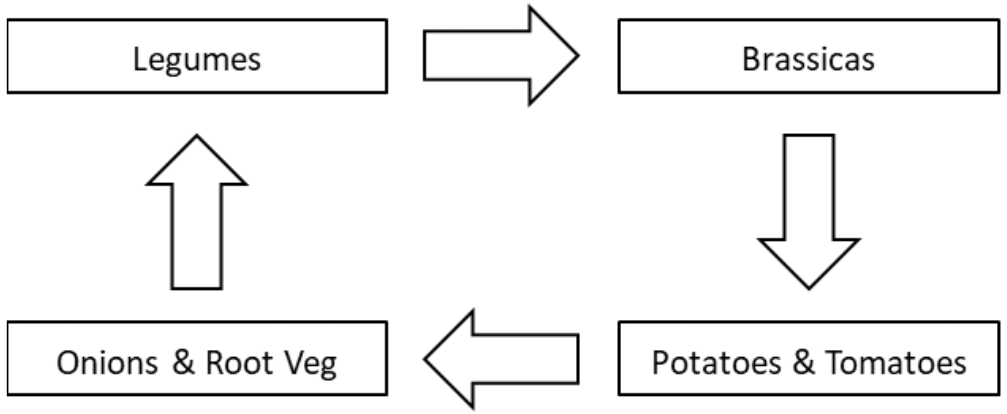
Crop Rotation
What is crop rotation? Put simply, crop rotation is growing different crops sequentially in the same area. What I’m going to focus on here is a 4-year rotation, as splitting the crops into 4 categories works well. Each category has its own space in the garden, and shifts to another one each year, so by…
//

Welcome to my blog, where I talk about a variety of garden topics. Join me on my journey in the garden, which I started in 2020. I aim to simplify things and help as many people as possible, of all skill and experience levels, while showing you the things that I’m doing, including what has and hasn’t worked.
